Socotra: A historical Multi-Cultural Environment [Archives:2004/787/Last Page]
By Prof. Dr. Muhammad Shamsaddin Megalommatis
A most characteristic point throughout the entire text of the Periplus is the reference of various emigrants intermingling with one another. It goes without saying that, throughout this trade and navigation network that the author of the text so analytically describes, inter-ethnic, inter-religious, inter-linguistic and inter-cultural marriages, contacts and exchanges among a multitude of various peoples, ethnic groups, religious denominations, and cultural – behavioural attitudes and systems, as well as interactions of all sorts were the order of the day, the regular and ordinary way of life. Because of this reason, wherever the author stresses the issue, we have to understand it in absolute terms of extensive cultural and ethnic mixture. It is therefore interesting that from the area of Arsinoe (Suez) to Chryse (Indochina – Indonesia) only in two places the issue is stressed: in Rhapta of Azania, the area of present day Dar al-Salam of Tanzania, where Sabaean and Himyarite colons got married with local women, and practiced an advanced level of colonialism learning the indigenous population language, and in Soqotra itself. Quite interestingly, in both cases Yemenites were involved, which shows a characteristic of open-minded, extrospective, people ready to socialize, negotiate and intermingle with other origin people, a deep trait of extroverted mentality and attitude that has diachronically been typical of the Yemenites.
But of course, contrarily to what is said about the East African coast, in Dioskouridou island no local, aboriginal, population seems to have ever been. Through the aforementioned excerpt, we are driven to the conclusion that the first settlers were Hadhramawt Yemenites, Greek speaking Egyptians, and Indians of the Western coast, so certainly Dravidian and not Indo-European Indians. As an ethnic, cultural and linguistic mixture, it is among the most unusual and extraordinary ones, since not a single group seems relatively close to another. Greek speaking Egyptians were the open-minded Egyptians of Alexandria, who were keen to intermingle with the Jews, the Greeks, and the other ethnic groups that were residing in the multiethnic city at the edge of Egypt. So, Khammitic Egyptians, Semitic Yemenites and Dravidian Indians of the Dakkan (the subcontinent in the south of Narmada river) gave the intermingled racial – ethnic background of the island. We do not have this sort of extensive intermingling in any part of the world throughout the World History. Two groups intermingling are a common case, three groups are a very rare case, but again there is no case of three groups belonging to totally different linguistic families.
In our global world, peaceful, multi-ethnic and multi-cultural intermingling consists in a high value of our Civilization and at the same time in a key to social, political, financial and economic success. The model of the typically isolated place that sticks to its past in a counterproductive way has been abolished. Only failure can come out of such backward isolationism.
Here one should stress that multi-cultural intermingling does not imply cultural deformation and identity loss. This would be a very erroneous perception of the principle of multi-cultural intermingling, and a very wrong reading of its application at the social level. Dealing with such issues one must bear in mind two things:
through multi-cultural intermingling one never gets completely or drastically altered, deformed or changed, and
following multi-cultural intermingling changes one is not the same as one was earlier.
The correct appraisal of cases of multi-cultural intermingling shows that every case is different, and that the only thing in common is a partly change of the original cultural identity. This is the reason that, if you are not committed to crossing the threshold of the global world and of the multiculturalism, you pay a double penalty, and more precisely you stay undeveloped, poor, marginal, miserable and at times depicted as inadaptable, so perilous you deprive yourself from the means of controlling, managing and influencing the multi-cultural intermingling process actively.
Modern Yemen, attracted by all parts of the world, East Africa, India, Turkey and the Caucasus area, Iran and Central Asia, the rest of the Middle East, as well as the West, would certainly gain a lot, if Yemenite scholars, intellectuals and diplomats raised the Ancient Soqotra multicultural model to the level of a successful archetype of wholehearted commitment to Global Multiculturalism.
An Academy of Multiculturalism would give the island the proper radiation of its historical glory and, as an institution organizing conferences, congresses, colloquia, meetings and seminars, it would become the central motive of the Socotran Archipel development. This project would make of the island the epicenter of theoretical considerations, intellectual debates, and academic approaches to this seminal issue that haunts and will be haunting the world in the years ahead.
(TO BE CONTINUED)
——
[archive-e:787-v:13-y:2004-d:2004-11-04-p:lastpage]


